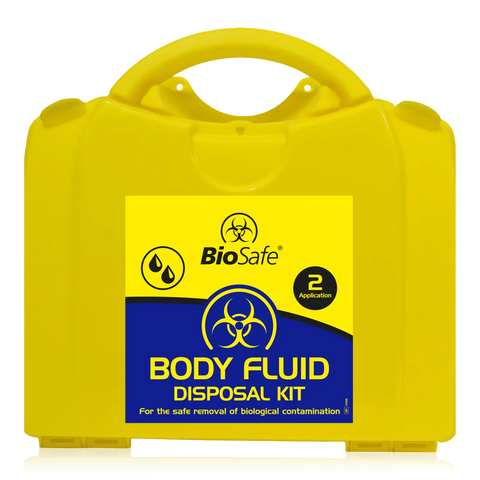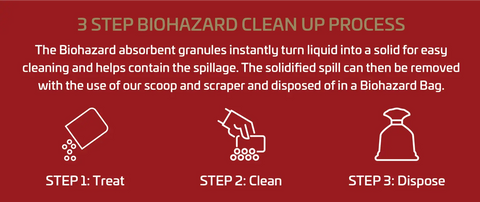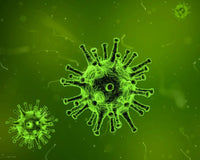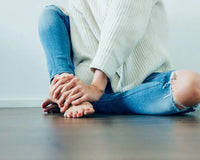What is Bodily Fluid Waste and how do I safely clean it up?
What is Biohazard Waste?
A biohazard is any biological substance or bodily fluids that poses a threat to human health. This includes blood, urine, vomit and other potentially infectious materials.
The terms biohazard, biohazardous and infectious waste can all be defined as the same thing. Waste has the risk of being infectious, which is why it must be handled and disposed of with care. Although commonly associated with hospitals or clinical environments, biohazard waste is not uncommon in various hospitality establishments such as pubs, nightclubs, bars, restaurants, theatres, schools, care homes and public spaces.
The quick, and effective clean-up of biohazard waste is important in protecting the health and safety of employees involved in the clean-up and disposal of bodily waste and an effective method of infection control.
How do I cleanup biohazard waste?
To avoid spreading any potential viral, parasitic, or bacterial infection, biohazard waste must always be contained and segregated as quickly as possible. There is a correct way to clean up this waste, to prevent the spread of infections and maintain a safe environment outside of the clinical / hospital environment.
Cleaning up a spill can be complicated when dealing with liquids due to their properties. Liquids can splash and evaporate easily, making it difficult to clean up. When considering effective disinfection on top of this, more specialised cleaning techniques may be needed. Absorbent body spill granules provide immediate treatment – these granules will turn a liquid, quickly to a solid when poured on the biohazard spill, aiding clean up.
Additional specialist products and Personal Protective Equipment (PPE) are required for the removal of the body fluid during and after cleaning up. These essential items can be bought as a complete kit, these are commonly referred to as Biohazard kits, Blood spill kits or Biohazard spill kits.
Biohazard spill kits typically contain all of the items required for safe and effective clean-up, including:
- Instructions For Use (IFU)
- Absorbent and Deodorising Granules - for the immediate treatment and containment of the biohazard.
- Disposable Plastic Oversleeves – to provide extra protection from splashes and spills.
- Gloves – disposable vinyl waterproof latex free gloves to protect hands.
- Scoop and Scraper to contain, lift and dispose of granules and waste.
- Chlorhexidine Disinfectant hand wipe.
- Disinfectant Spray, an antimicrobial and virucidal protective, after treatment of the affected area.
- Polythene Apron – for enhanced body protection.
- Yellow Clinical Waste Bags or Biohazard Bags, for the safe and secure containment of the treated biohazard waste.

What should I wear when disposing of biohazard waste?
When dealing with bodily fluids and biohazardous waste, the main risk of infection is through hand to mouth/nose/eye contact, or via broken skin (open wounds). The products used to clean and sterilise may also contain harmful substances, which can cause skin irritation, internal damage or eye injury. Any part of the body which could encounter the waste should be covered - therefore PPE should be worn.
This includes:
After putting on the correct PPE, section off the affected area and restrict access.
Is it easy to use a Biohazard kit?
Yes, with a Biohazard clean-up kits you first put on your PPE, sprinkle the absorbent powder over the biohazard, wait a few seconds, scoop, and dispose!

Biohazard Sharps Waste
Sharp biohazardous waste, referred to as “sharps”, is any instrument used for medical purposes that is sharp enough to puncture the skin. This type of biohazard waste must be handled and disposed of carefully.
Outside of the clinical environment this type of waste is likely to be discarded syringes and needles. Sharps require special containers that are almost always plastic. They are leak-proof, puncture-resistant, and easy to handle. Once filled, the containers are picked up by your medical waste disposal contractor.
If you’re handling sharps, use a Sharps Disposal Kit, it contains specialist items including:
- Protective Gloves.
- Plastic Forceps - to pick up the sharps waste.
- Yellow Clinical Waste Bag.
- Yellow Sharps Bin.
- Chlorohexidine Hand Wipes.
Yellow sharps bins are instantly recognisable and specifically designed to be impermeable against needles, syringes, blades and other potentially harmful items.

How should you dispose of the equipment following the clean-up?
Responsible disposal of biohazard waste is just as important as effectively cleaning the contaminated area, to keep its impact on the environment and people to a minimum.
You must not dispose of the biohazard bag waste in a general waste disposal it need to be place in a Biohazard bag or a yellow clinical waste bag. Instead, visit either a biohazard waste disposal bin or collection point, which can be located online. Alternatively, you can arrange a collection with your local council.
At First Aid Warehouse, we stock a full range of the supplies needed for biohazard removal. If you have any further questions around biohazard waste clean-up and removal, Get in touch with us



